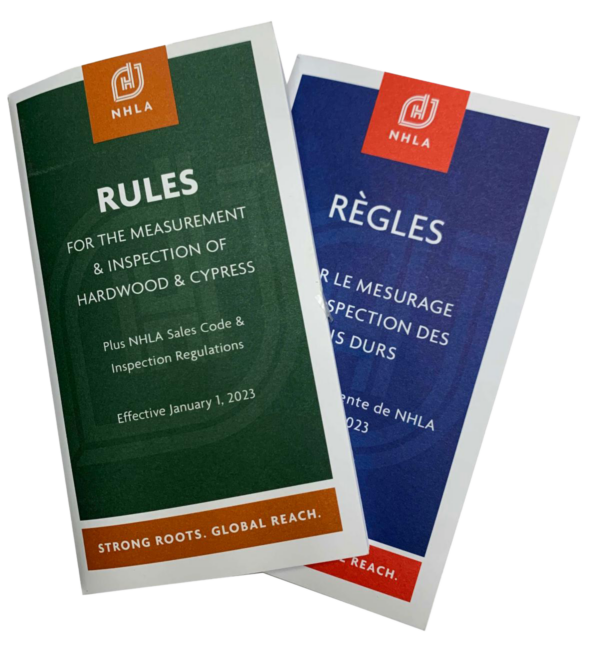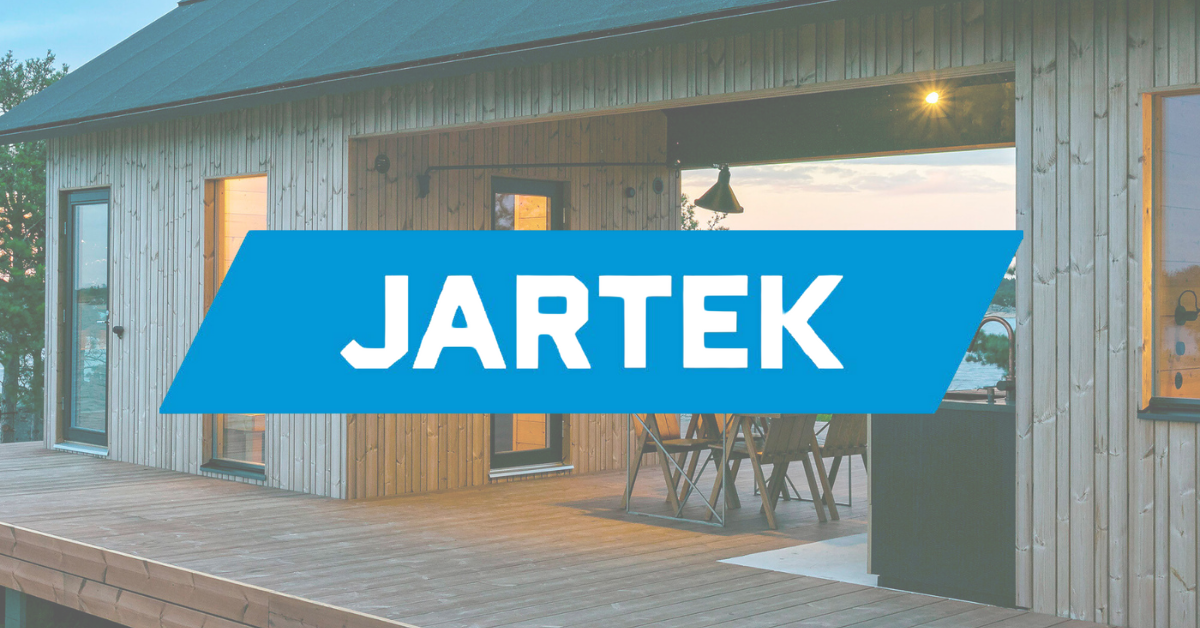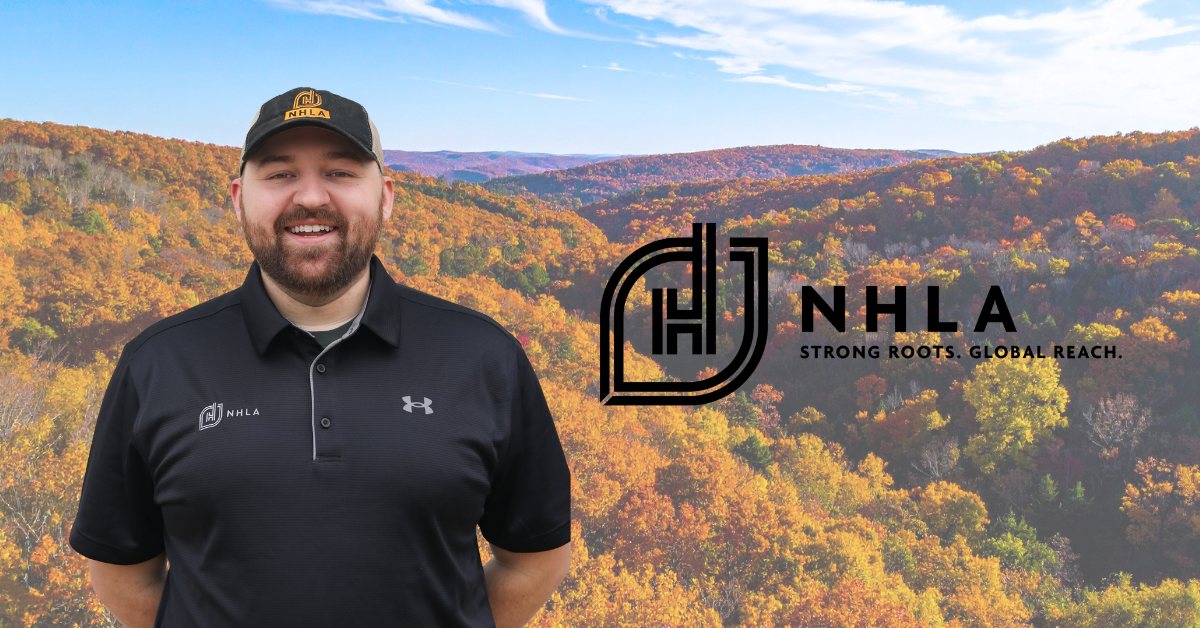Unveiling Ambiguities: Exploring Controversial Terms in the NHLA Rules Book
The National Hardwood Lumber Association created the Rules for Inspection of Hardwood Lumber in 1898; since then, the rules have been modified many times. The outlined Rules occasionally leave a lot up to the inspector’s judgment, which is good in some cases but not in others.

In this month’s article, I want to mention a couple of areas in the Rules Book that have some controversial terms, beginning with yellow poplar. Under the Standard Inspection by Species, Poplar (American Tulipwood) on page 27 of the 2023 version it states:
“NO. 1 COMMON: Standard, except slight stain is admitted.”
If you read the above exception, you would not know what “slight stain” is because it is not covered in the Definition Section of the Rules Book. One may think that this is a small area or may compare this stain to the stain you saw three years ago on a rotten board. I do not favor this type of ambiguity, and it appears that other Chief Inspectors didn’t either because NHLA adopted the following line under the 1 Common description:
“Note: Stain will be light gray when the piece is surfaced two sides to standard surfaced thick-ness.”
When I interpret this from the written word to practical application, this statement still leaves a lot to the opinion and experience of the inspector. I have inspected a lot of stained poplar, rough and surfaced. Many boards as black as coal will surface to a gray color, leading me to believe that stain will most always be gray after surfacing. The only time I have personally seen stained poplar surfaced boards, not gray, is when the board showed white streaks, indicating softening of the wood, better known as rot. The distinction between light gray and dark gray is so subjective that this would be hard to judge in a dispute inspection, as the variance between Inspectors can be enormous.
Another term in the Rules Book that causes confusion is “Incipient Decay.” In the Definition Section of the Rules Book, it states:
“The early stage of decay that has not proceeded far enough to soften or otherwise perceptibly impair the hardness of the wood. It is usually accompanied by a slight discoloration or bleaching of the wood.”
I believe this definition has a minimal purpose as it attempts to describe a stage of stain that is borderline rot. In my experience, the inspector must decide whether it is stain or rot, and having incipient decay as an option is not very useful. “Incipient decay” may have a purpose when looking at Poplar 1 Common, where the slight stain is accepted. Due to the nature of color variation, which can be very subjective, using the definition of incipient decay can help classify light gray (as I described above). If I see white streaks in the rough, I will decide that the stain is too severe to be considered slight.
I trust this article will raise questions. I realize that most inspectors will have varying opinions, and we must strive to have similar opinions while grading hardwood lumber to ensure suppliers and customers are on the same page.
As always, please send your hardwood lumber grading questions to Dana Spessert at [email protected] or call 901-399-7551.
Dana Spessert, Chief Inspector
[email protected] or call 901-399-7551
Share:
Related News & Blog

November 5, 2025

November 5, 2025
Questions?
Have questions or need any assistance regarding the NHLA Annual Convention & Exhibit Showcase?
